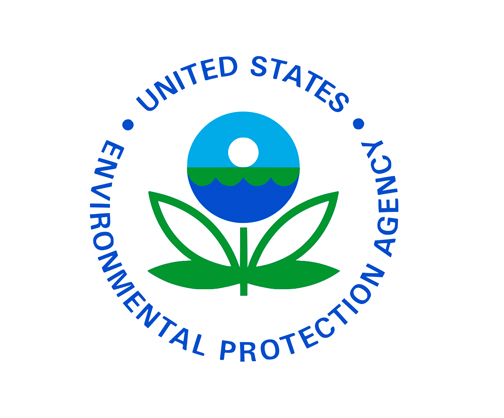In 1987, the Great Lakes Water Quality Agreement between Canada and the United States was amended and it identified 43 areas of concern on the Great Lakes.
“That agreement was actually signed here in downtown Toledo in November 1987, and we’ve always had a very active local community in the Maumee area of concern,” said Dr. Patrick Lawrence, professor and chair of the UT Department of Geography and Planning.
 Toledo’s active participation in the health of the Great Lakes is one of the reasons the Environmental Protection Agency’s 2015 Great Lakes Area of Concern Conference will be held at The University of Toledo.
Toledo’s active participation in the health of the Great Lakes is one of the reasons the Environmental Protection Agency’s 2015 Great Lakes Area of Concern Conference will be held at The University of Toledo.
The conference will take place Wednesday and Thursday, March 11 and 12, in the Student Union. The cost to attend is $50, and the deadline to register here is 5 p.m. Friday, March 6.
“I thought it just made sense,” Lawrence said. “Here at the University, we are engaged in a lot of water projects and work with a lot of community partners, including the Maumee area of concern. It seemed to be a nice fit for their audience and the type of conference that they’re looking to host.”
Lawrence proposed hosting the event here when he attended last year’s conference in Chicago, along with some of his colleagues. He believed UT would be ideal, because of the community involvement in the Great Lakes, the central location within the Great Lakes basin, and the fact that it is situated in the Maumee area of concern.
Areas of concern are typically at major cities with historical issues of water and sediment contaminants from industries, wastewater treatment plants and other sources, and they range in size and scope. The Maumee area of concern covers the lower Maumee River, the Ottawa River, Swan Creek and several other rivers within northwest Ohio.
Since President Barack Obama started the Great Lakes Restoration Initiative, it has brought in more than $1.9 billion in the last five years to address beneficial use impairments, or BUIs, in Great Lakes areas of concern. A BUI means that there has been a change in the chemical, physical or biological integrity of a water body; an area of concern must have at least one BUI, but typically has several.
One of the topics of the conference will be on funding and how to budget for different projects in order to address the wide range of BUIs still found at many of the areas of concern.
“People really want to know what the federal government is doing to help them achieve their goals,” said John Perrecone, environmental specialist with the EPA. “All of us that work on these projects feel very good about them because we know that the money being spent is going toward good outcomes, and I think this conference will showcase that.”
Funding from the Great Lakes Restoration Initiative partially helped fund the recent Ottawa River restoration project on campus that wrapped up in 2014. One of the focuses of this year’s conference will be discussing some of the successes of habitat restoration projects like this that are being funded and implemented by federal and state agencies.
“Right outside the Student Union where the conference will be held, we have the opportunity to show one of those projects,” Lawrence said. “Assuming it’s not buried in two feet of snow and ice.”
One of the most important aspects of this conference is bringing together people who work on these projects to share ideas and successes from across the Great Lakes basin. There also will be a special video presentation on Toledo’s water crisis last summer to share how the city handled it and what was learned.
“The problems that we had here in Toledo last August with the drinking water are something that is of great interest in other areas of the Great Lakes,” Lawrence said. “We will highlight interviews of local citizens and groups focusing on how the University and the Toledo area responded to that event and what we learned from it and share with other Great Lakes communities.”
Though the conference is open to the public, it will largely be attended by representatives of local public advisory councils, state agency areas of concern staff members, tribal agency areas of concern representatives, federal agency staff involved in implementing the areas of concern program, and other stakeholders who have an interest in the areas of concern program.